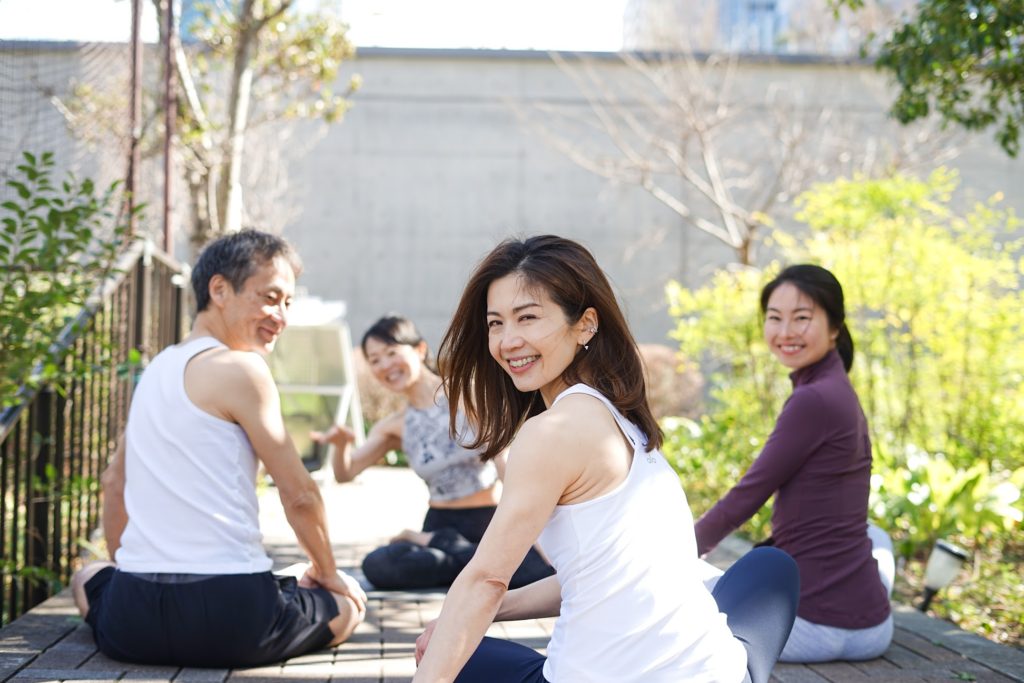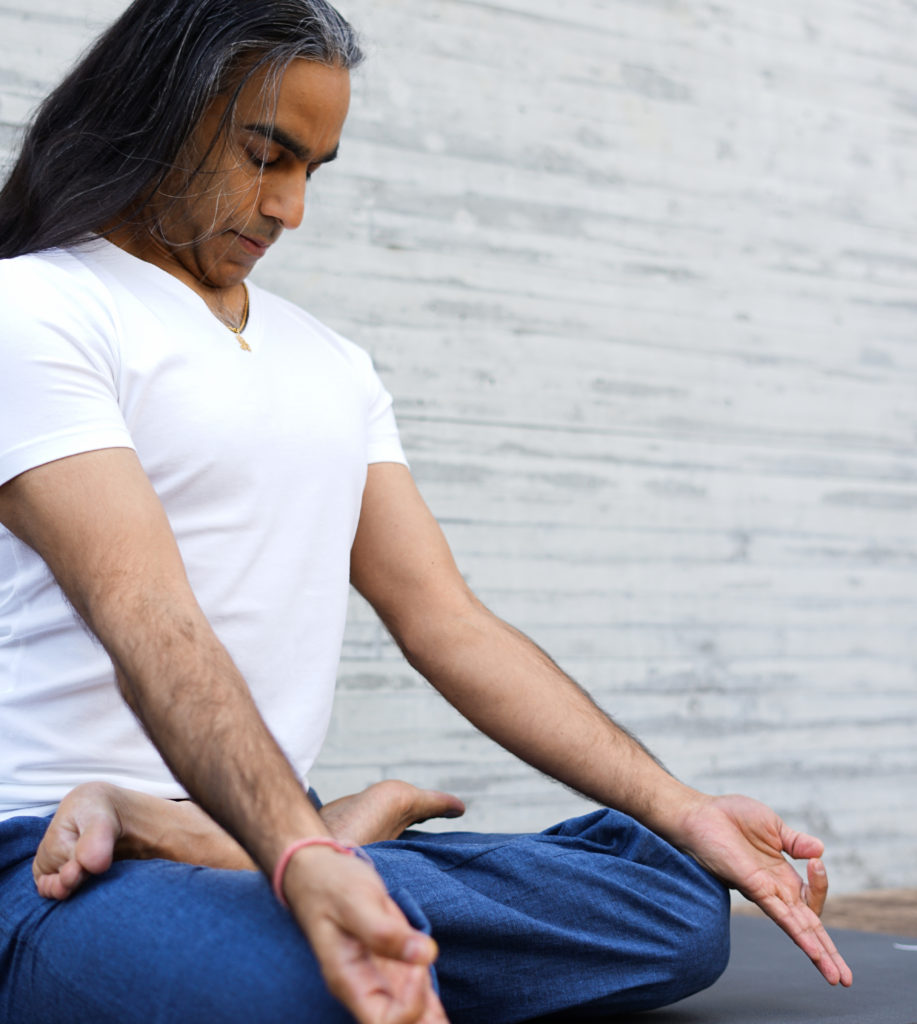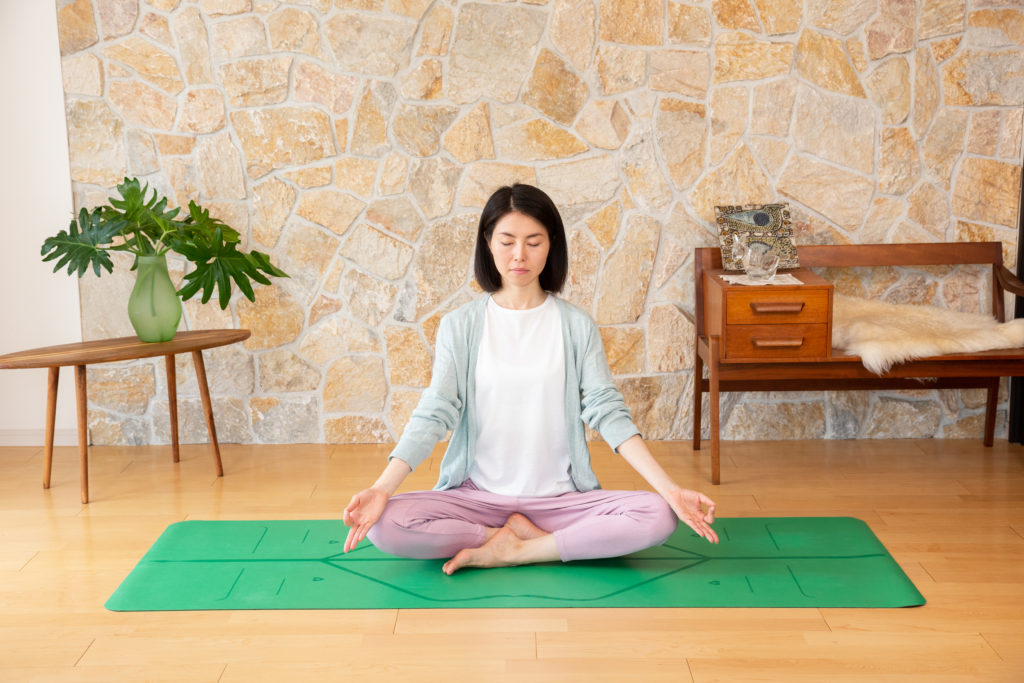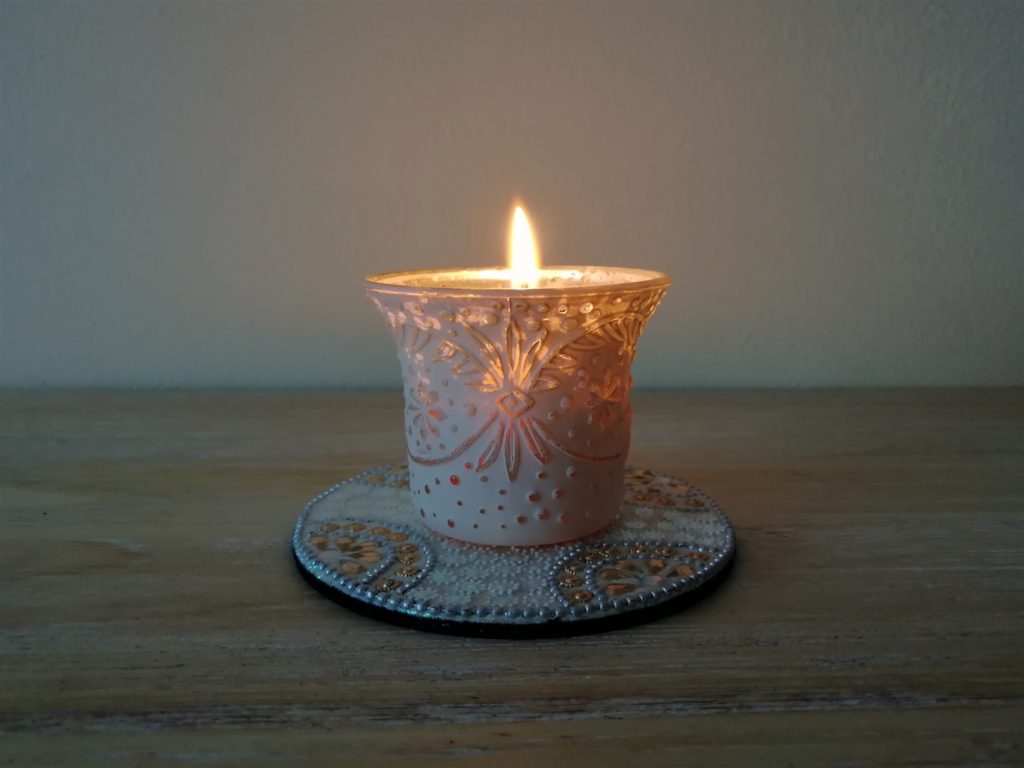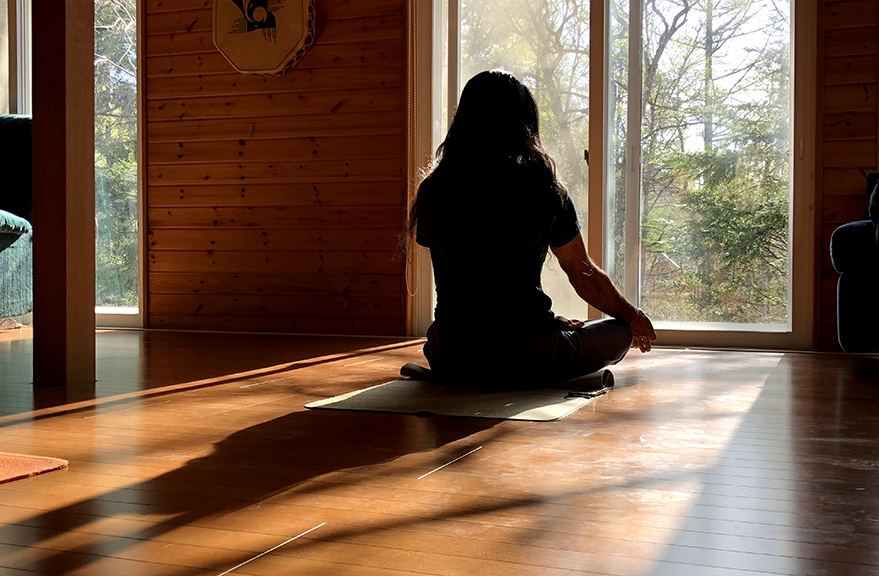トラタク:ストレスを軽減させるキャンドル瞑想
‘Trāṭaka’: Candle Meditation to De-stress
文責:(E)Maneesh/(日)Chie
*Scroll down for English
新型コロナウイルスがもたらす不安定な状況や社会から隔離された状況で、私はヨガの練習を見直し、探究しました。そして私が毎日のプラクティスに再度取り入れた習慣の1つは、シャットリヤの1つであるTrāṭaka(トラタク)です。
伝統的なハタヨガでは、Shatkriyas(別名Shatkarmas)または6つの浄化方法の概念が紹介されています。それは副鼻腔(「ネティ」鼻洗浄)、消化管(「ダウティ」)などのような体のさまざまな部分を浄化するものです。その中で、Trāṭakaは、目を浄化するもので、それと同時に強力な瞑想法でもあります。そして、不安を減らし、睡眠を正常化します。
Trāṭakaは通常、キャンドルを凝視して行いますが、時には偶像や写真を用いることもあります。単一の点に焦点を合わせると「アジュナチャクラ」(第三の目)がアクティブになり、結果として認知での多くの効果がもたらされます。 また、「Trāṭakaは高齢者の認知を高めるための手法として使用できる」という研究結果もあります。
私がこのプラクティスを再度行ったときに気がついたのは、無意識のうちに多くのストレスを目に蓄積していたということ。部屋で隔離されている時には画面を見つめ、外に出たときは周囲にとても非常に敏感に反応していました。そして、この手法はあまり泣かない傾向の人(喜び・苦痛にかかわらず)にはとても効果があると考えます。涙は浄化の役割を果たします。
簡単なTrāṭaka(キャンドルの瞑想)を毎日のプラクティスのルーティンに追加し、充分な睡眠を取り、気持ちを穏やかにしてください。健康に気を付けて、落ち着いて、必要な対策は怠らず楽観的にすること。
さぁ、一緒にこの状況を乗り越えましょう。
Coronavirus, uncertainty, and self-isolation have inspired me to rediscover and re-explore my yoga practice in a new way. One practice I reinserted into my daily regimen is Trāṭaka, one of Shatkriyas.
In traditional Hatha yoga, we are introduced to the concept of Shatkriyas (aka Shatkarmas) or six purification techniques. These techniques are said to cleanse various parts of the body like the sinuses (‘neti’ nasal cleaning), digestive tract (‘dhauti’), etc. Trāṭaka is one such kriya that not only cleanses the eyes but is a powerful meditation technique to reduce anxiety and normalize sleep.
Trāṭaka typically involves focusing one’s gaze on a candle however the object of focus could be an idol, picture, etc. Yogis believe that focusing on a single point activates the ‘ajna chakra’ (‘third-eye’) and results in a multitude of cognitive benefits. Research published at NCBI (NIH) concluded that “Trāṭaka can be used as a technique to enhance cognition in the elderly”.
What I realized in going back to this practice is that I had been unknowingly storing a lot of stress in my eyes – all that staring at screens during isolation and being ultra-sensitive whenever I left my apartment had taken its toll. And I think that this is even more true for those who tend not to cry very often (whether for joy or pain). Tears are cleansing.
So try adding a brief Trāṭaka (candle meditation) to your daily self-isolation routine and sleep and feel better. Thank you ancient Yogis!
Take care, stay calm, and stay vigilant yet optimistic. We will get through this together.

